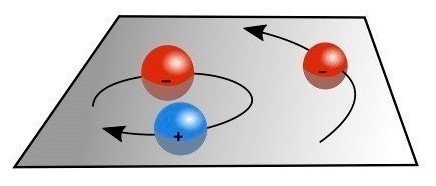The groundbreaking study by Rice University physicist Qimiao Si delves into the fascinating world of quantum critical metals, materials that defy conventional physics by exhibiting extraordinary behavior at low temperatures. Published in Nature Physics, the research illuminates the mysterious realm of Quantum Critical Points (QCPs), where materials exist in a delicate state between different physical configurations.
At the core of this investigation is the concept of quantum criticality, a state of extreme sensitivity to quantum fluctuations. Unlike traditional metals that follow well-established physical laws, these “strange metals” display collective electron behaviors that challenge existing scientific understanding. The research reveals how these materials undergo profound transformations at quantum critical points, particularly in how electrons interact and move.
A key breakthrough lies in understanding the destruction of quasiparticles — collective electron behaviors that typically act like individual particles. At quantum critical points, these quasiparticles essentially vanish, a phenomenon called Kondo destruction. This process fundamentally alters the material’s electronic structure, causing dramatic changes in the Fermi surface, which maps possible electron states.
The study’s significance extends beyond theoretical physics. By examining materials like heavy fermion metals, copper oxides, and certain organic compounds, the researchers discovered a universal behavior called dynamical Planckian scaling. This phenomenon suggests that the electronic properties of these materials follow fundamental constants like Planck’s constant, drawing intriguing parallels with cosmic phenomena such as microwave background radiation.
Most exciting are the potential implications for developing advanced superconductors. By understanding how electrons behave and interact at these critical points, scientists may gain insights into creating materials that conduct electricity with minimal resistance at higher temperatures. The research explores compounds like CePdAl, where complex interelectronic relationships determine the material’s behavior.
The investigation highlights a profound scientific challenge: how materials transition between different states at the quantum level. By studying these transitions, researchers hope to unlock new understanding of quantum materials, potentially revolutionizing our approach to electronics, energy transmission, and technological innovation.
This research represents more than a technical achievement. It’s a window into the fundamental mechanisms that govern matter at its most fundamental level, demonstrating how careful observation and sophisticated analysis can reveal the hidden complexities of the physical world.
Reference: “Quantum critical metals and loss of quasiparticles” by Haoyu Hu, Lei Chen and Qimiao Si, 9 December 2024, Nature Physics. DOI: 10.1038/s41567-024-02679-7



